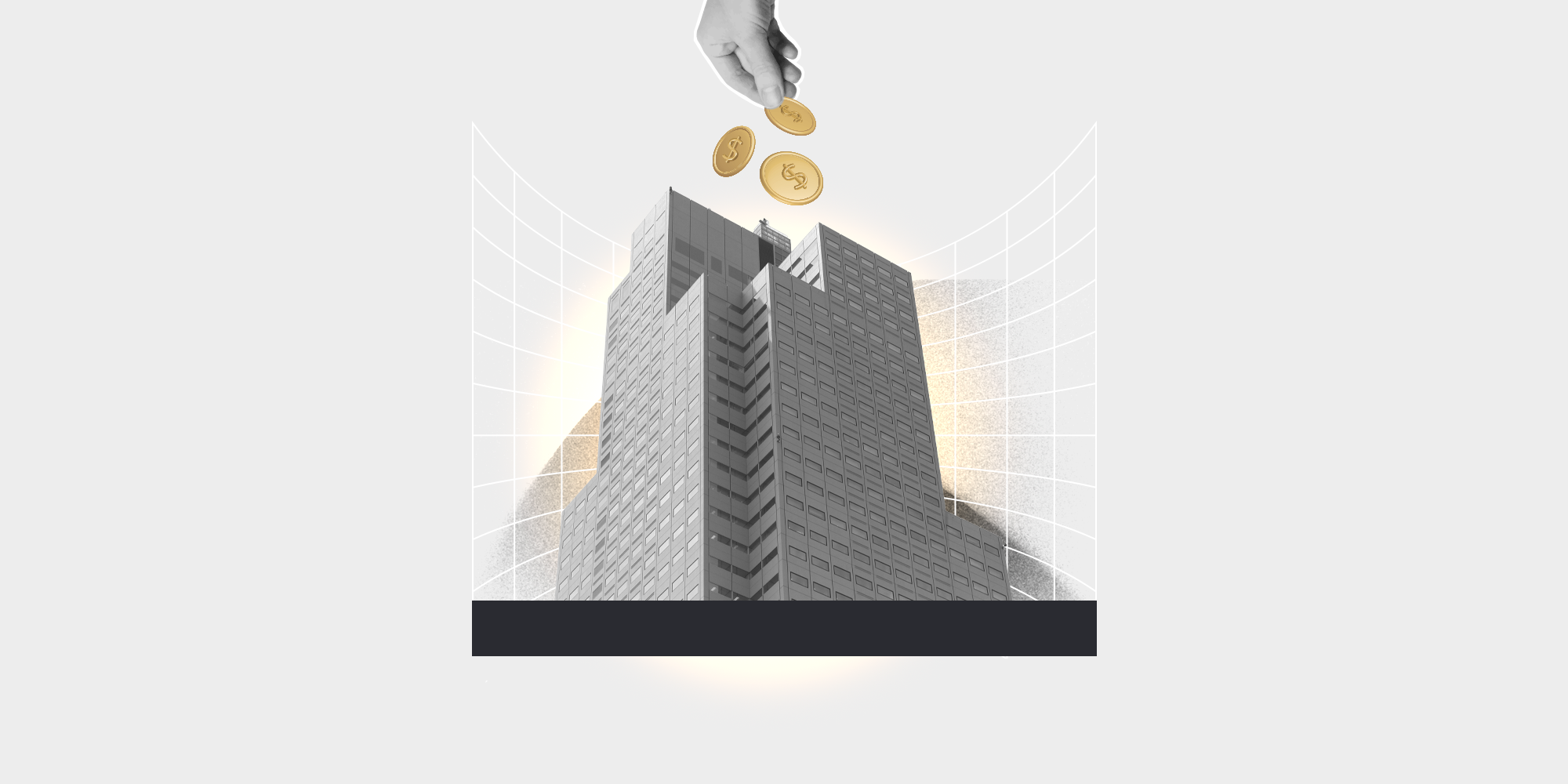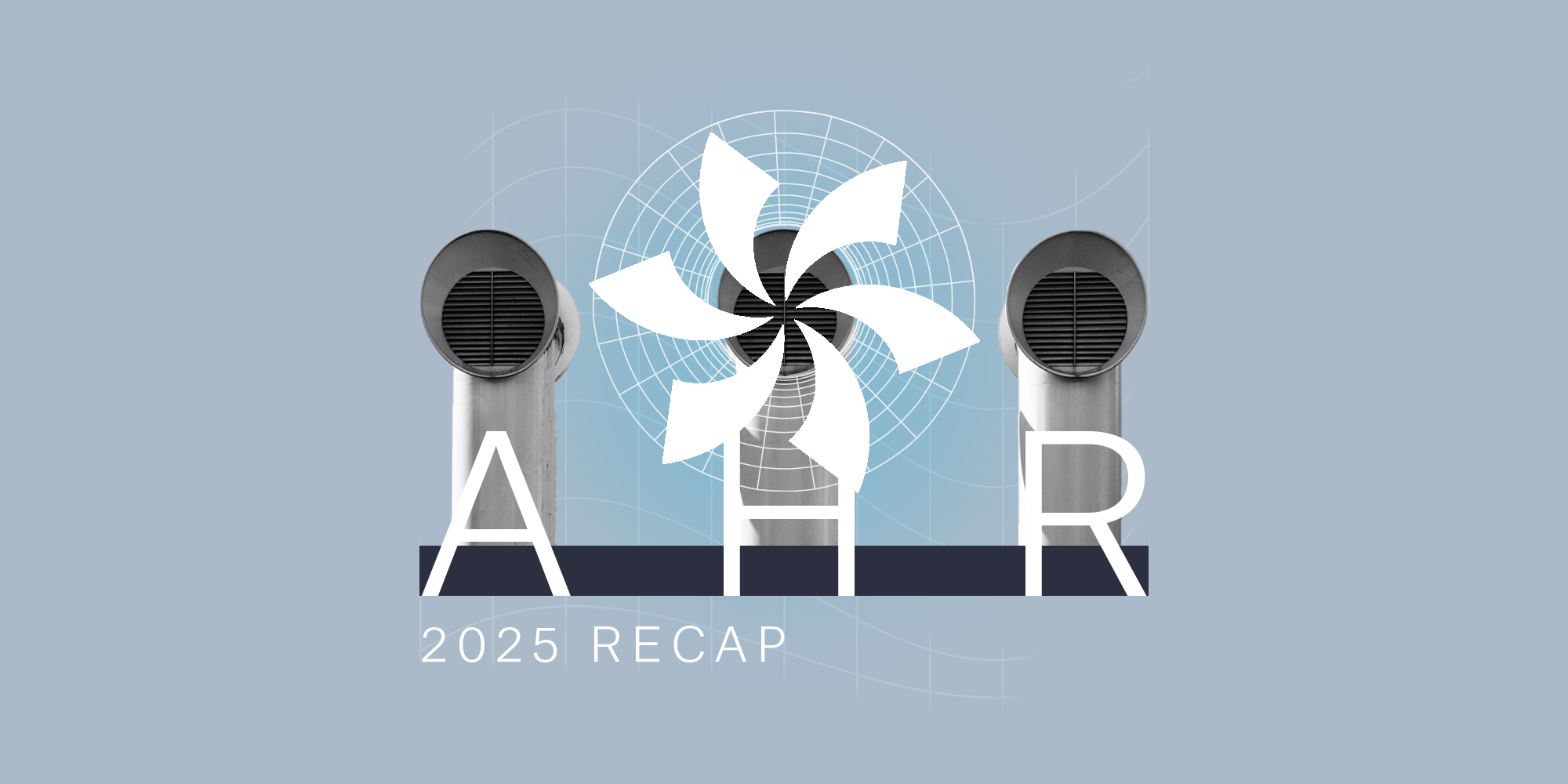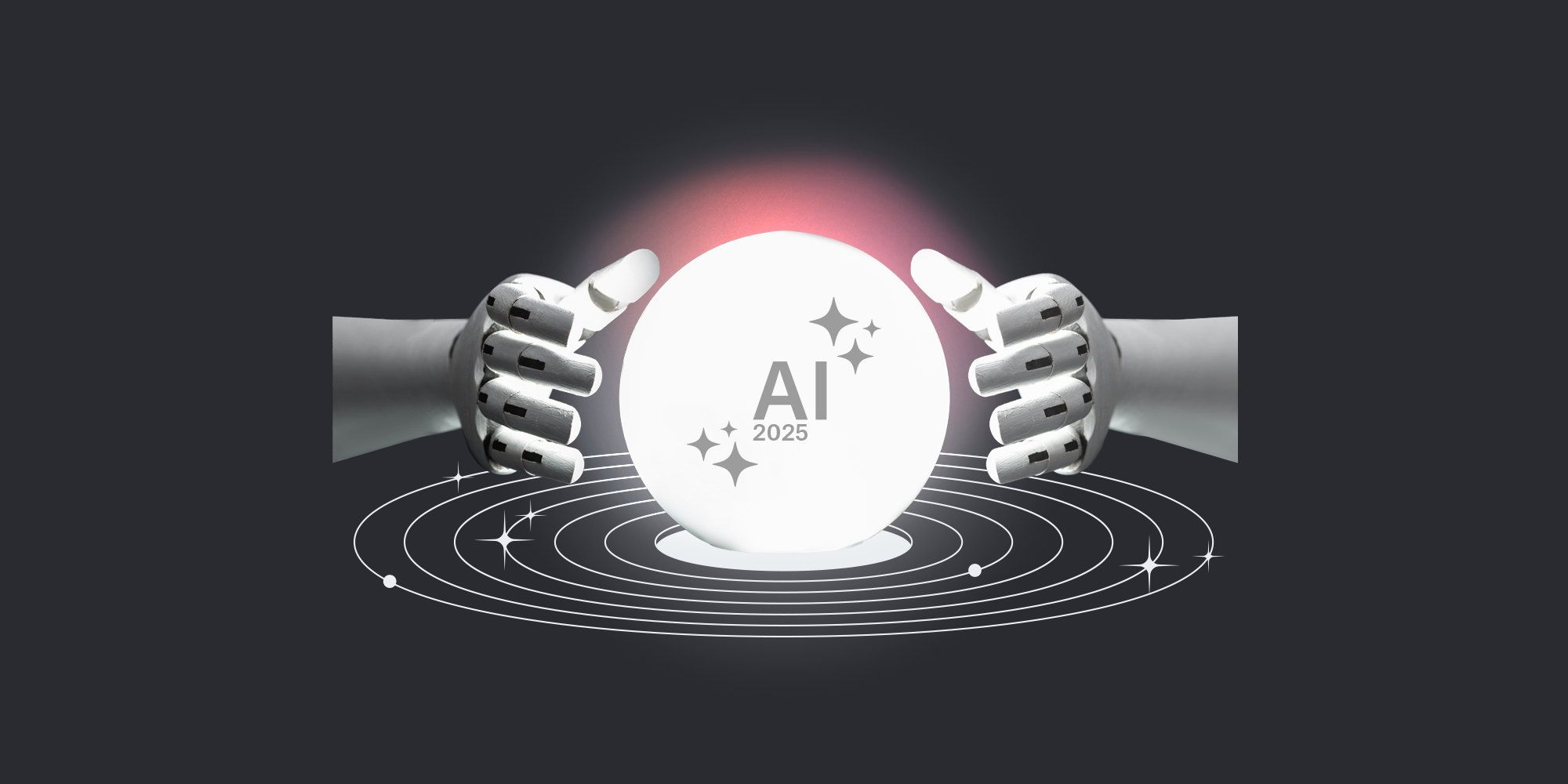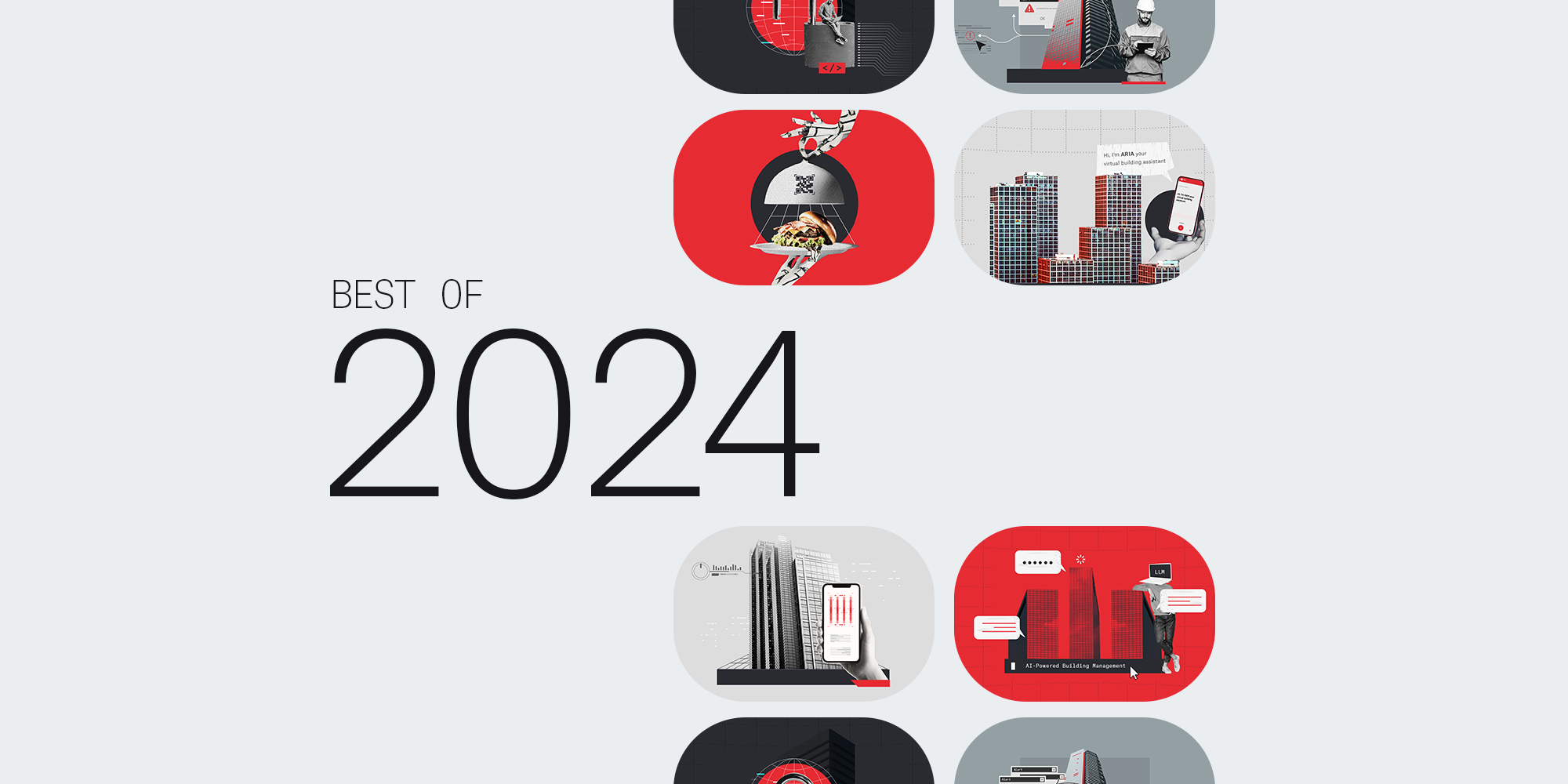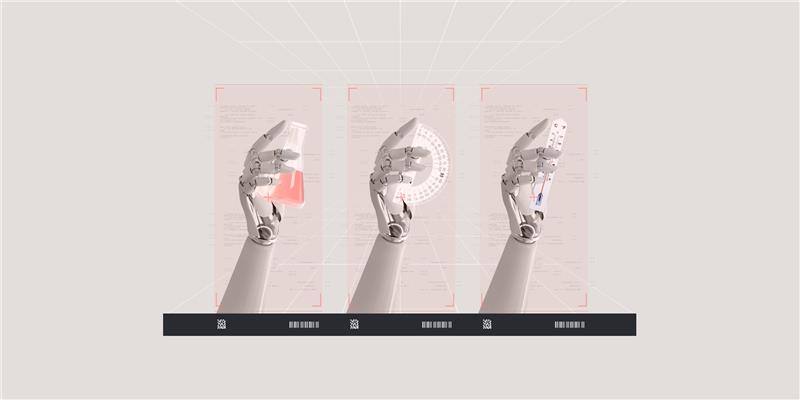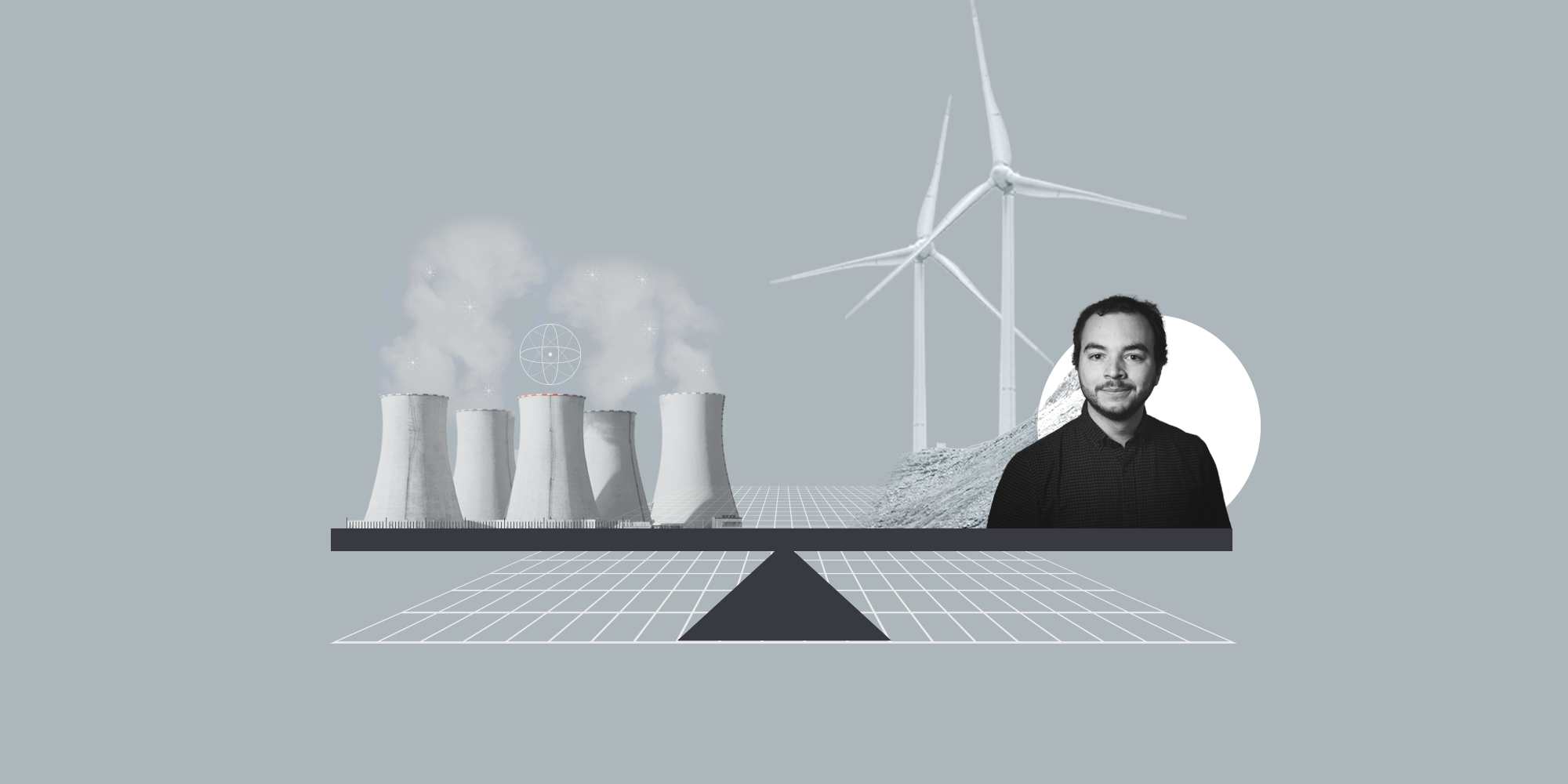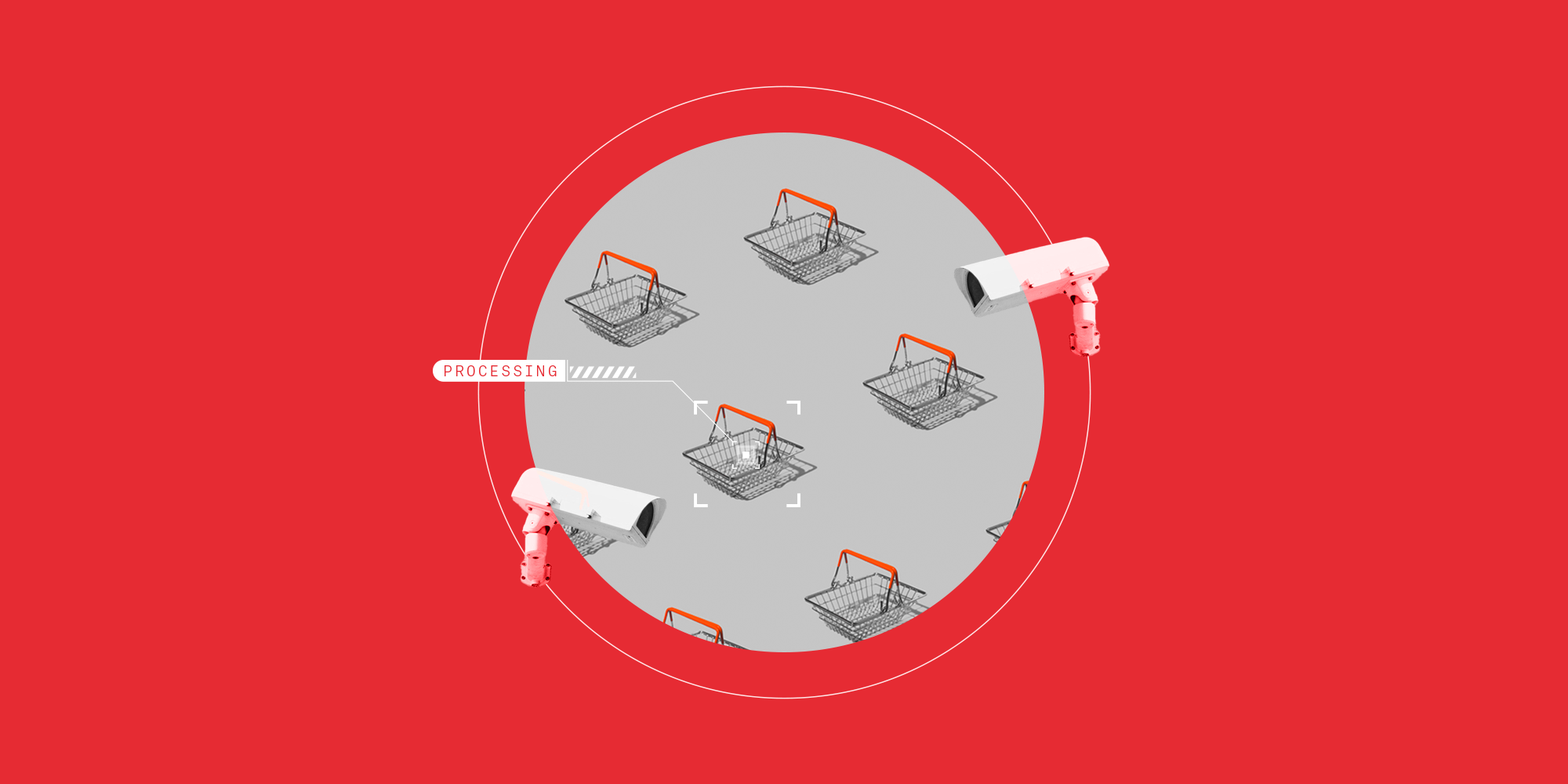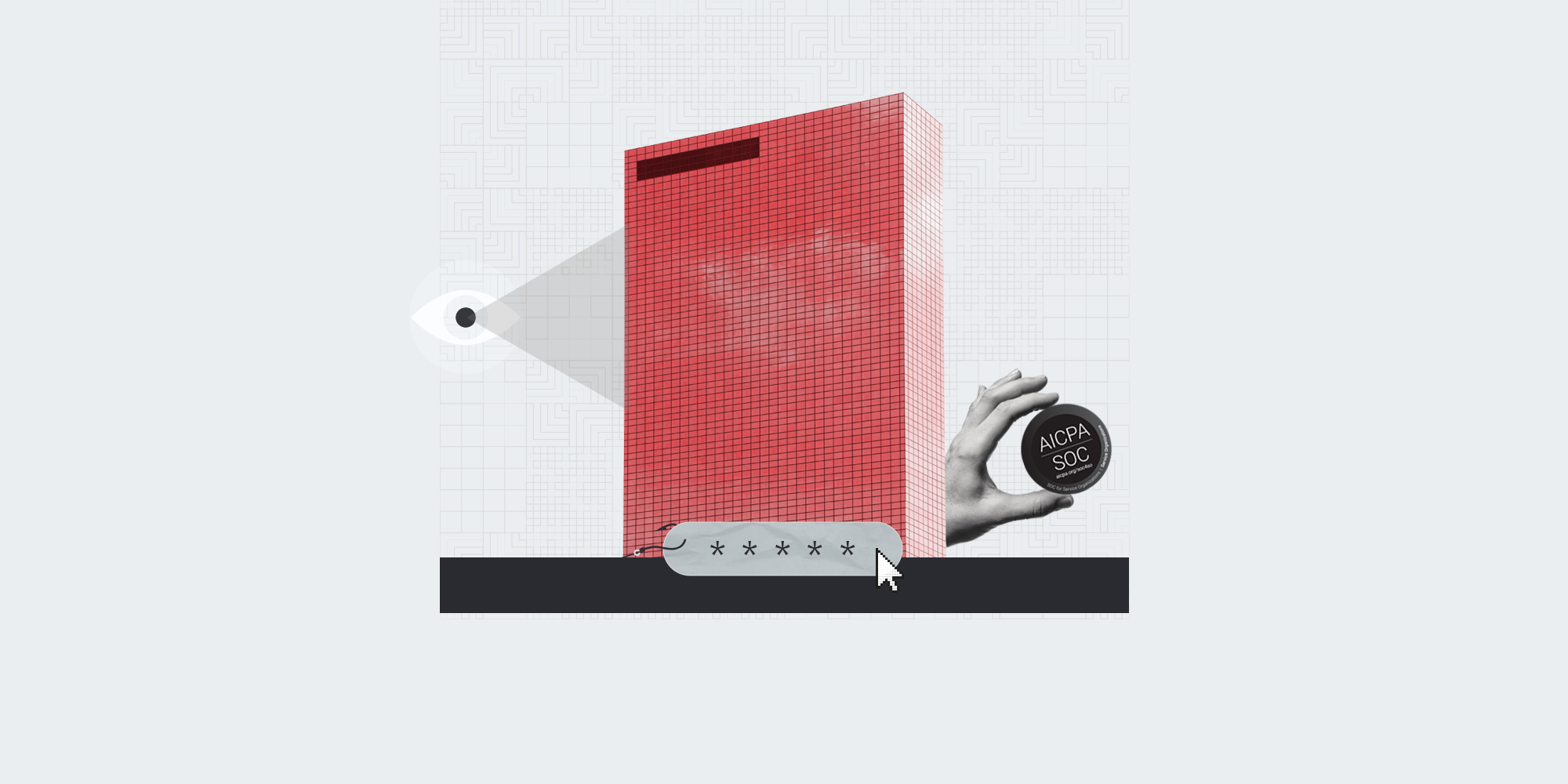Energy Use Intensity (EUI) : The measure of a building's efficiency
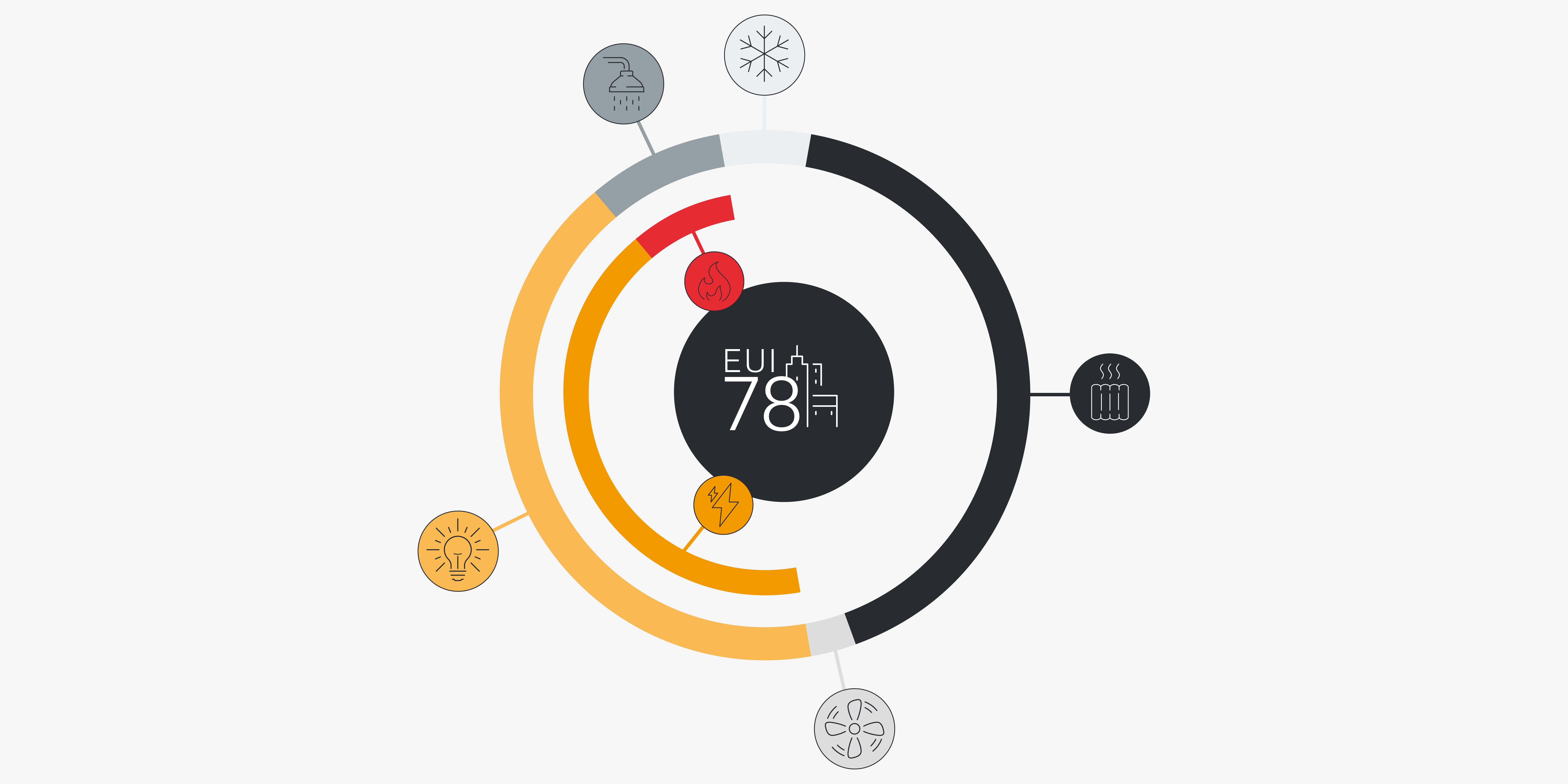
Dubbed the “miles per gallon rating of the building industry", energy use intensity (EUI) is a key metric in figuring out your building’s carbon footprint and identifying ways to reduce it. In this article, we delve into the details of what EUI is and how to measure and improve it.
What is energy use intensity ?
Simply put, energy use intensity (EUI) is a metric used to measure the energy efficiency of a building. A little like how a car’s fuel economy can tell you how far a car can go on a set amount of fuel, EUI is measured by the amount of energy a building uses per square foot per year.
This information is seen as the key indicator of a building’s energy performance. Moreover, EUI can be used to express an existing building’s metered energy consumption, compare the energy performance between buildings of a similar type and location, and communicate how much energy a building is projected to use in the future (also referred to as predicted EUI or pEUI).
Why measure your building’s EUI?
Measuring your EUI doesn’t just give you an idea of just how energy-efficient your building is. It also helps identify energy reduction opportunities, track progress toward sustainability goals, and reduce operating costs.
What’s more, calculating, tracking, and disclosing your building’s EUI is increasingly becoming mandatory. An example of this can be seen in the US, where many of the country’s cities and states have implemented energy benchmarking and disclosure policies requiring building owners to report their energy usage and EUI. Even some green building certification programs, such as LEED and ENERGY STAR, require EUI to be calculated as part of their certification process.

EUI by building type
Like humans, some building types are more energy intensive than others. For instance, hospitals, labs, and data centers generally have a higher EUI as they have longer operating hours, higher demand for lighting, and rely on energy-intensive equipment. Schools, on the other hand, usually have a substantially lower EUI due to their shorter hours of operations and long summer breaks.
Climates can also have a substantial effect on EUI due to differences in heating and cooling costs and requirements between various areas and countries. So, to provide a more accurate comparison of buildings’ energy use, their EUI values can be broken up by region or “weather-normalized” to account for these variations.
Site vs. Source EUI
There are two types of EUI: site and source. Site EUI is the amount of energy consumed at the building site and is reflected in the utility bills paid by the owner. Source EUI, on the other hand, traces energy use all the way back to the power plant and measures the amount of raw energy used to operate the building.
Source EUI is considered a more accurate representation of a building's energy footprint as it accounts for site energy as well as the energy lost during production, transmission, and delivery. Source EUI is also always greater than site EUI, although the extent of the difference between site and source EUI will differ by building type.
Calculate your EUI
You can calculate your EUI by dividing your building’s total energy consumed in a year (including gas and electricity) by its total gross floor area.
For example, say the first floor of a high school has an area of 155,267 ft2, a second floor that measures 111,701 ft2, and over the course of the year it used 1,773,473 kWh of electricity and 62,682 therms of natural gas.
To find its EUI, you’d first calculate the total floor area (155,267 + 111,701 = 266,968 ft2).
Next, you’ll need to take the energy consumed (electricity and gas) and convert it all into a common unit of measurement, which, in North America, would be thousand British thermal units (kBTU). To convert kWh to kBTU, you’ll have to multiply your kWh by 3.412 kBTU/kWh (1,773,473 x 3.412 = 6,051,090 kBTU) and to convert your therms of natural gas to kBTU, you’ll times it by 99.976 kBTU/therm (62,682 x 99.976 = 6,266,746 kBTU).
After that, you’ll add your electricity and gas consumption to get your total energy consumption (6,051,090 + 6,266,746 = 12,317,836 kBTU)
Finally, you’ll need to divide your total energy consumption by your total area to get your EUI (12,317,836 kBTU / 266,968 ft2 = 46.1 kBTU/ft2/yr)
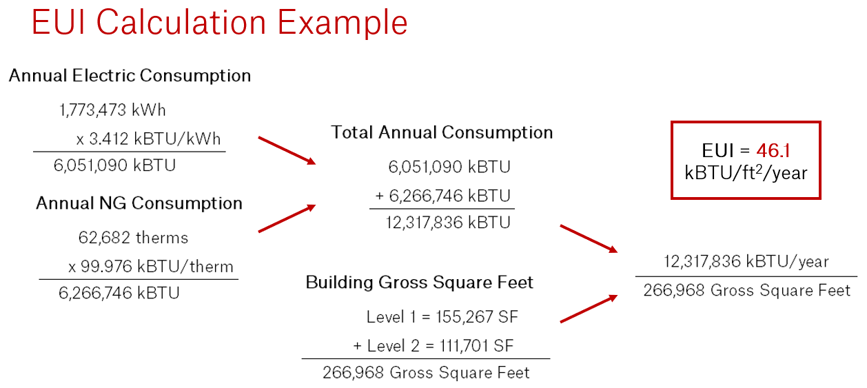
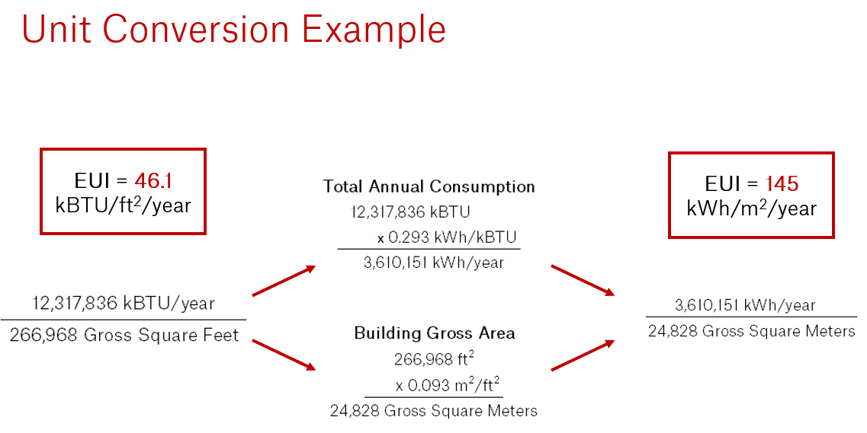
Of course, if you’d rather skip the mental math, you could always use an EUI score calculator. And, if you’re really serious about reducing your EUI, you could employ a third party like BrainBox AI to gather your data, calculate your EUI, compare your building’s energy use to others in your area, and track your year-over-year reduction progress.
What are the best practices for improving EUI?
When working to improve your building’s EUI, it’s typically best to take a holistic approach that optimizes energy performance while maintaining your occupants’ comfort and productivity. Of course, your strategy for reducing EUI will vary depending on your specific building and its use, but some common best practices that building owners and operators can implement include:
- Conducting an energy efficiency audit to identify opportunities for improvement and prioritize projects based on cost and energy savings potential.
- Upgrading lighting systems to use more efficient LED technologies.
- Improving HVAC system performance through regular maintenance and upgrades.
- Using HVAC optimization technology to reduce your building’s energy use.
- Installing new insulation and windows designed to reduce energy loss.
- Implementing renewable energy systems like solar panels or geothermal systems, to offset energy use and reduce reliance on fossil fuels.
- Educating occupants on how to save energy and encourage participation in energy conservation programs.
- Encouraging water conservation measures to reduce water heating- and pumping-related energy use.
- Applying for green building certifications, such as LEED or ENERGY STAR, to ensure best practices are being followed and recognized.
Fact: A building’s heating, air conditioning, and lighting systems make up the bulk of its energy use. Improving these two areas’ energy efficiency can result in significant cost savings.
Taking control of your EUI
Lowering your EUI is about more than simply meeting regulations; it also plays a central role in identifying emissions reduction opportunities which help to reduce operating costs and even improve occupant comfort – all while contributing to the fight against climate change.




